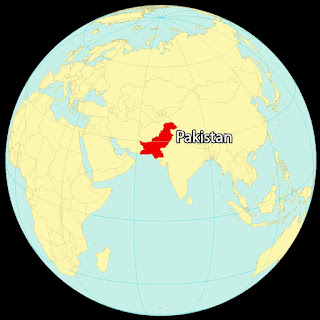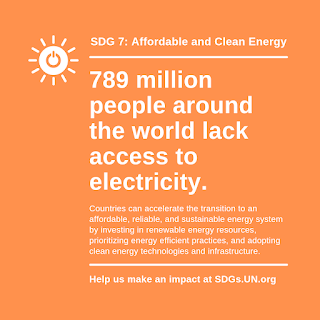The geography of Pakistan makes it more vulnerable to climate change
Pakistan has often been listed as a nation most negatively impacted by climate change. Climate impacts, such as flash floods caused by glacial melt, increased heat waves, water scarcity, rising sea levels, food shortages, and relocation, are already having a negative impact on our people in many sections of the country.
The recent flooding that devastated the lives of millions was the most visible manifestation of climate change in the country!
Pakistan is particularly vulnerable to climate change due to its geographic location, despite producing less than 1% of global carbon emissions. Pakistan ranked 152 on the UNDP's climate vulnerability index in 2019 and the situation worsened in the years that followed.
The geographical factors
1.
Weather patterns
Pakistan is located in a region of the world that is subjected
to the full force of two major weather systems. One can cause drought and high
temperatures, such as the 2022 March heat wave, while the other can bring
monsoon rains. The catastrophic flooding has impacted areas that do not
normally see this type of rain, including the arid or semi-arid southern
regions of Sindh and Baluchistan.
2.
Glaciers
The northern region of Pakistan is sometimes referred to as the
"third pole" because it has the most glacial ice outside of the polar
regions. Glacial ice is melting as the world warms. According to the UN Development Program, glaciers in
Pakistan's Gilgit-Baltistan and Khyber Pakhtunkhwa provinces are melting
quickly, forming over 3,000 lakes. These lakes can cause GLOF (glacial lake
outburst floods), and 33 of them are at risk of bursting, releasing millions of
cubic meters of water and debris and putting 7 million people in danger.
3.
Indus River
Most people in Pakistan live beside the Indus River, which
swells and can flood during monsoon rains. It is simple to understand how
climate change and more powerful monsoons are related. More evaporation results
from higher air and water temperatures brought on by global warming. The amount
of moisture that warmer air can contain increases the severity of monsoon
rains.
What is required?
The world needs to make climate change a top priority in
development and politics. Climate change will have an impact on all aspects of
human and economic development and must be addressed at all levels. Pakistan is
unable to halt the glaciers' melting on its own. A global effort is needed to
combat global warming since it is a common threat.
However, Pakistan must use a proactive rather than a reactive
strategy. Proactive preparedness and foresight will save a lot of time, money,
and lives. Pakistan also needs to increase its response rate in case of a
disaster. There is a need for early-warning systems to be in place in the event
of urban flooding so that people may leave in a timely manner. Also, the
government should build protective infrastructure, such as dams and reservoirs,
so that water may be held during periods of excessive precipitation. Moreover,
people should be informed about and given assistance to deal with climate
change because they lack the resources to defend themselves against it.
Author: Amna Waseem (student of political science at Kinnaird College, Lahore, Pakistan)




That's very informative! And there is a dire need to discuss, this thing!
ReplyDeleteThank you for your valuable feedback.
Delete